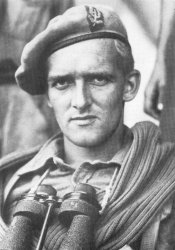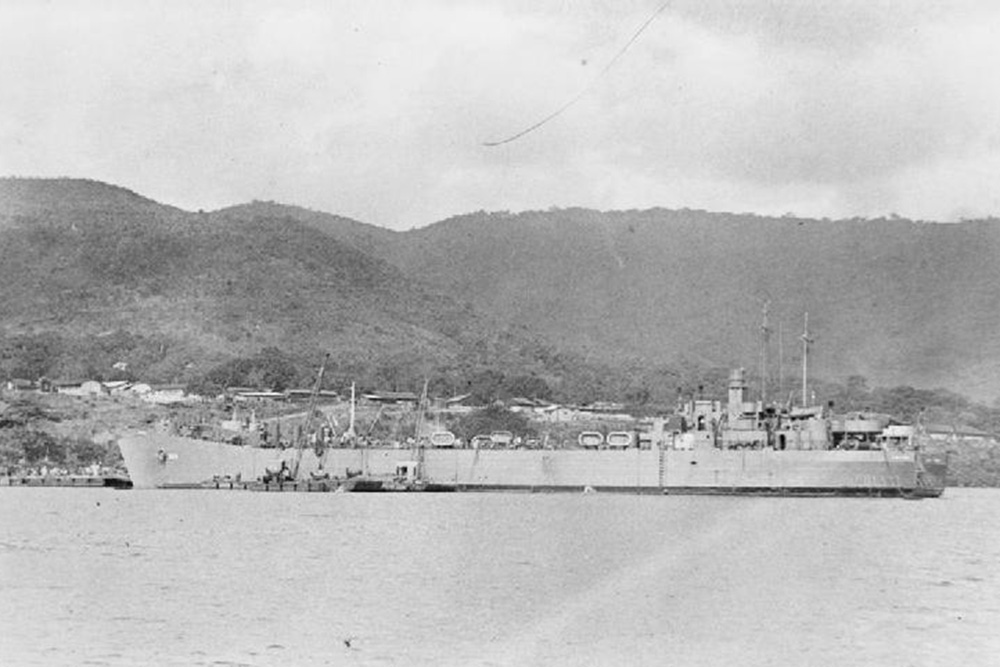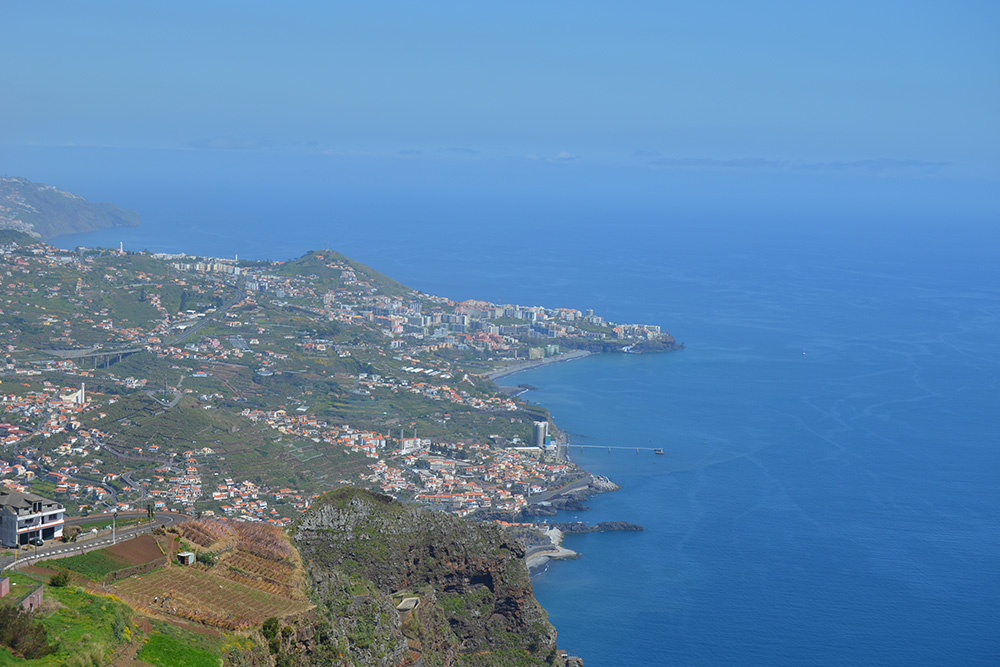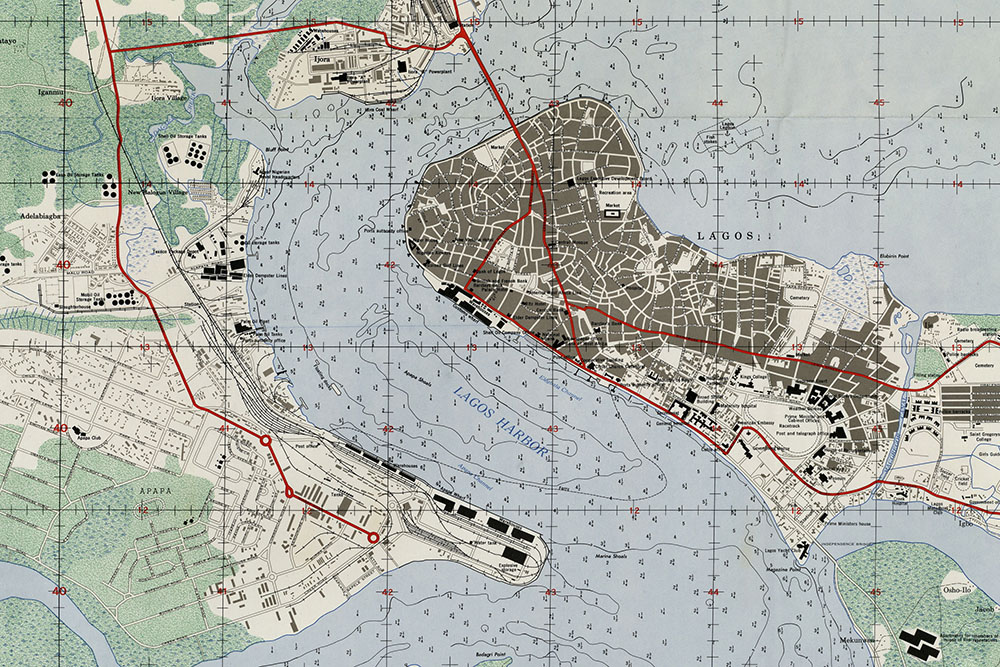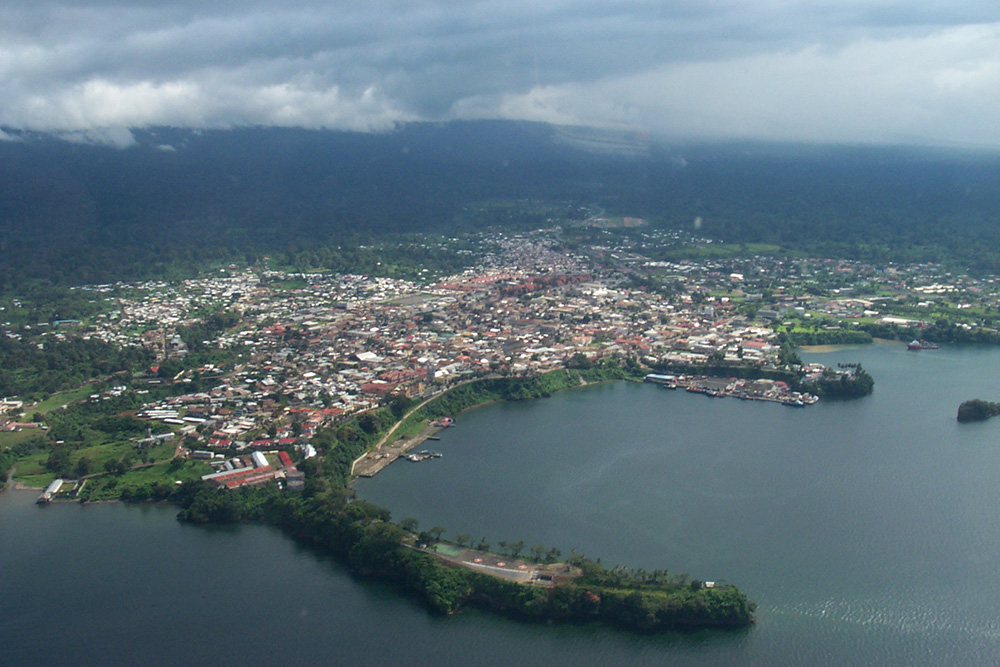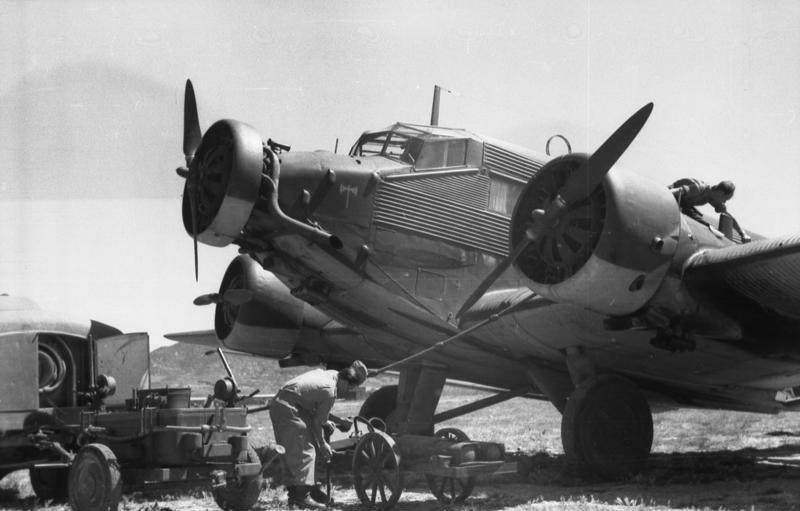Lassen, Anders Frederik Emil Victor Schau
- Date of birth:
- September 22nd, 1920 (Mern, Denmark)
- Date of death:
- April 8th, 1945 (Near Lake Comacchio, Italy)
- Buried on:
- Commonwealth War Cemetery Argenta
Plot: II. Row: E. Grave: 11. - Service number:
- 234907
- Nationality:
- Danish
Biography
Anders Lassen was born on September 22, 1920, into a family with a military tradition. His father fought in the Winter War and raised his children with patriotism and respect for Denmark. Lassen studied at Herlufsholm, where he was known as a headstrong student.
At 18, he began sailing on the Fionia and later on the Eleonora Mærsk. When he learned of the German occupation of Denmark in April 1940, he wanted to take immediate action. In South Africa, he left the Merchant Navy and joined the British Armed Forces.
Lassen joined the Special Operations Executive and helped establish the Maid Honor Force, later known as the Special Boat Service (SBS). He excelled in commando training and led successful missions, including the capture of an Italian supply ship near Dakar. For this, he received the Military Cross.
He fought with the SBS in the Greek Islands, attacking German targets and assisting local partisans with weapons and supplies. Despite health problems, he remained a valued leader and was promoted to captain and later to major.
On April 9, 1945, Lassen led an attack on a German stronghold near Lake Comacchio, Italy. Under heavy fire, he attacked several strongpoints and rescued his patrol. He was mortally wounded while accepting a German surrender but managed to drop grenades on a bunker. He died on the spot, refusing to be evacuated.
For his exceptional bravery, Anders Lassen was posthumously awarded the Victoria Cross—British military honors.
Do you have more information about this person? Inform us!
- Period:
- Second World War (1939-1945)
- Rank:
- Second-Lieutenant
- Unit:
- Small Scale Raiding Force (SSRF), Combined Operations Headquarters, War Office, British Government
- Awarded on:
- December 7th, 1942
- Awarded for:
- Operation Postmaster
Recommendation:
"2/Lieut. LASSEN has at all times shown himself to be a very gallant and determined officer who will carry out his job with a complete disregard for his personal safety. As well as, by his fine example, being an inspiring leader of his men, he is a brilliant seaman possessed of sound judgement and quick decision. He was coxswain of the landing craft on operation "BRANTFORD" and effected a landing and subsequent re-embarkation on a dangerous and rocky island with considerable skill and without mishap. He took part in operation "BARRICADE" on which he showed dash and reliability. He recently took part in the highly successful S.O.E. operation POSTMASTER in which he was the leader of that part of the boarding party that was responsible for the difficult job of making fast the tugs towing hawser to the liner's bows. Regardless of the action going on around him...
- This part is unreadable -
...preliminary recce. for a reported M.G. post."
Posthumously awarded on 21 February 1946
- Period:
- Second World War (1939-1945)
- Rank:
- Temporary Captain
- Unit:
- Special Boat Squadron (SBS), Special Air Service (SAS), Combined Operations Headquarters, War Office, British Government
- Awarded on:
- September 27th, 1943
- Awarded for:
- Operation Albumen
Recommendation:
"This officer was in command of the patrol which attacked KASTELLI PEDIADA aerodrome on the night 4th July 1943. Together with 1469628 Gnr JONES, RA, he entered the airfield from the West, passing trough formidable perimeter defences. By pretending to be a GERMAN officer on rounds he bluffed his way past three sentries stationed 15 yards apart guarding Stukas.
He was, however, compelled to shoot the fourth with his automatic, and in so doing raised the alarm. Caught by flares and ground searchlights he was subjected to very heavy machine gun and rifle fire from close range and forced to withdraw. Half an hour later this officer and other rank again entered the airfield in spite of the fact that all guards had been trebled and the area was being patrolled and swept by searchlights. ... difficulty was experienced in penetrating towards the target, in the process of which a second enemy sentry had to .... the enemy then rushed reinforcements from the Eastern ... the aerodrome and, forming a semi-circle, drove the two attackers into the middle of an anti-aircraft battery, where they were fired upon heavily from three sides. This danger was ignored and bombs placed on a caterpillar tractor which was destroyed. The increasing number of enemy in that area finally forced the party to withdraw. It was entirely due to this officer's diversion that planes and petrol were successfully destroyed on the Eastern side of the airfield, since the drew off all the guards from that area. Throughout this attack, and daring the very arduous approach march, the keenness, determination and personal disregard of danger of this officer was of the highest order."
Posthumously awarded as first Bar to his MC on 21 February 1946
- Period:
- Second World War (1939-1945)
- Rank:
- Temporary Captain
- Unit:
- Special Boat Service (SBS), 1st SAS Regiment, Army Troops, Eighth Army, British Army
- Awarded on:
- February 15th, 1944
Posthumously awarded as second Bar to his MC on 21 February 1946
- Period:
- Second World War (1939-1945)
- Rank:
- Major
- Unit:
- Special Boat Service (SBS), 1st SAS Regiment, Army Troops, Eighth Army, British Army
- Awarded on:
- December 18th, 1945
His tasks were to cause as many casualties and as much confusion as possible to give the impression of a major landing, and to capture prisoners. No previous reconnaissance was possible, and the party found itself on a narrow road flanked on both sides by water.
Preceded by two scouts, Major Lassen led his men along the road towards the town. They were challenged after approximately 500 yards from a position on the side of the road. An attempt to allay suspicion by answering that they were fishermen returning home failed, for when moving forward again to overpower the sentry, machingun fire started from the position, and also from two blockhouses to the rear. Major Lassen himself then attacked with grenades, and annihilated the first position containing four Germans and two machineguns. Ignoring the hail of bullets sweeping the road from three enemy positions, an additional one having come into action from 300 yards down the road, he raced forward to engage the second position under covering fire from the remainder of the force. Throwing in more grenades, he silenced this position which was then overrun by his patrol. Two enemy were killed, two captured and two more machineguns silenced.
By this time the force had suffered casualties and its firepower was very considerably reduced. Still under a heavy cone of fire, Major Lassen rallied and reorganised his force and brought his fire to bear on the third position. Moving forward himself he flung in more grenades which produced a cry of 'Kamerad'. He then went forward to within three of four yards of the position to order the enemy outside and to take their surrender. Whilst shouting to them to come out he was hit by a burst of spandau fire from the left of the position and he fell mortally wounded, but even whilst falling he flung a grenade, wounding some of the occupants and enabling his patrol to dash in and capture this final position. Major Lassen refused to be evacuated as he said it would impede the withdrawal and endanger further lives, and as ammunition was nearly exhausted the force had to withdraw.
By his magnificent leadership and complete disregard for his own safety, Major Lassen had, in the face of overwhelming superiority, achieved his objects. Three positions were wiped out, accounting for six machineguns, killing eight and wounding others of the enemy, and two prisoners were taken. The high sense of devotion to duty and the esteem in which he was held by the men he led, added to his own magnificent courage, enabled Major Lassen to carry out all the tasks he had been given with complete success.
London Gazette dated Friday 7 September 1945.
- Period:
- Second World War (1939-1945)
- Period:
- Second World War (1939-1945)
- Period:
- Second World War (1939-1945)
- Period:
- Second World War (1939-1945)
- Period:
- Second World War (1939-1945)
- Period:
- Second World War (1939-1945)
- Period:
- Second World War (1939-1945)
- Period:
- Second World War (1939-1945)
Sources
- - HARDER, T., Special Forces Hero, Pen & Sword Military, 2021.
- https://www.thegazette.co.uk/London/issue/37476/page/1048
- https://www.thegazette.co.uk/London/issue/37476/page/1049
- Dansk Militaerhistorie
- CWGC
- Recommendation for Award for Lassen, Anders Frederick Emil Victor Schau Rank: ... | The National Archives
- Recommendation for Award for Lassen, Anders Frederic Emil Victor Schau Rank: ... | The National Archives
- SOE Record











